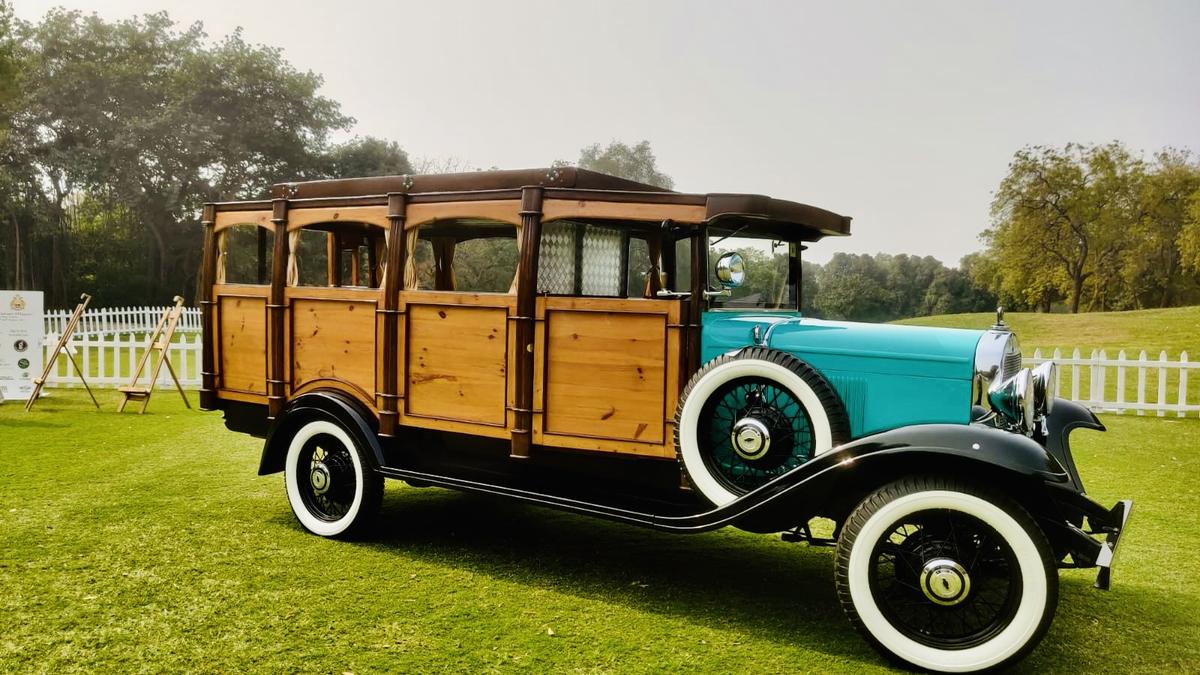The middle of the 20th century posed seismic shifts in the global order. The bloodiest war in human history had left Europe and much of Asia in ruins, and in the ashes arose a range of material and ideological tenants that have since shaped the world. In post-war Italy, a group of artists began to clash against the urbanization, industrialization and Western consumerism seeping its way into daily life, opting for Arte Povera , or “poor art” in Italian, which challenged traditional mediums and a world that was becoming increasingly controlled by commercial art and means.
Paris’ Bourse de Commerce is showcasing a new group exhibition that revisits Arte Povera through 13 of the main figures who pioneered the movement. The eponymously titled show will present a range of sculptures, paintings and installations from the likes of Giovanni Anselmo, Alighiero Boetti, Pier Paolo Calzolari, Luciano Fabro, Jannis Kounellis, Mario Merz, Marisa Merz, Giulio Paolini, Pino Pascali, Giuseppe Penone, Michelangelo Pistoletto, Emilio Prini and Gilberto Zorio. On view at the institution’s Tadao Ando -designed rotunda are 250 works that speak in dialogue, tracing the origins of Arte Povera, as well as the impact it has on artists today.
“Using simple materials and techniques, these artists have created installations that involve the viewer within the work,” explained curator Carolyn Christov-Bakargiev. “Favoring ‘natural’ and ‘rural’ elements (such as earth, potatoes, lettuce.


















